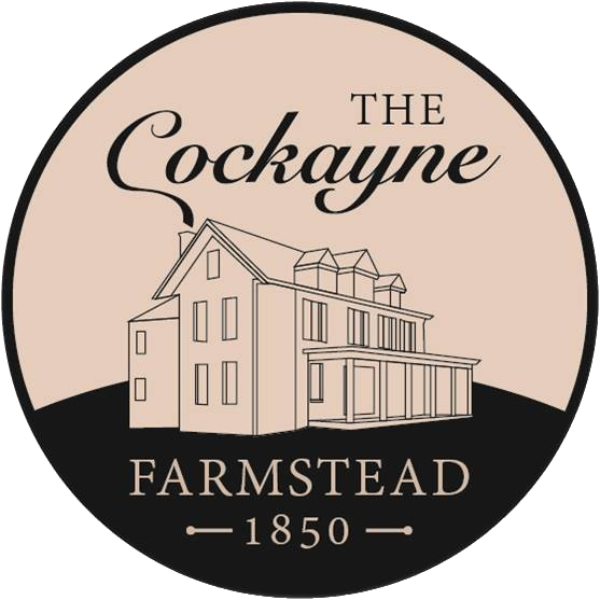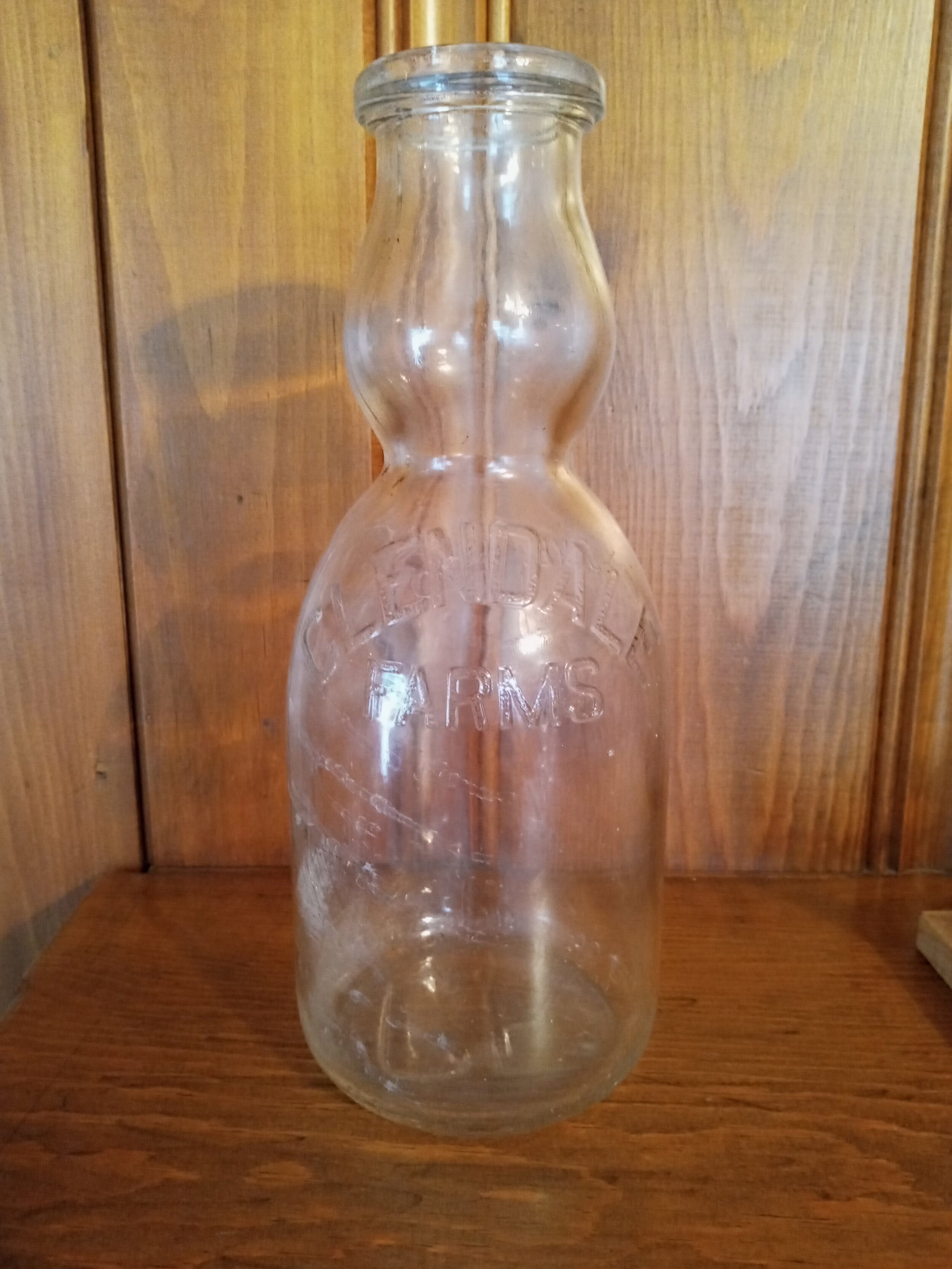Evan Wenner, Preserve WV AmeriCorps Member
Sometimes uncovering the stories of old objects is a little bit like detective work. This week, one of our neighbors came into our visitor center with a milk bottle to donate to our collection. Etched on the bottle are the words, “Glendale Farms.” Our donor thought that the bottle may have come from the Cockayne farm, since we have heard that the Cockayne family referred to their farm as “Glendale” in the late 1800s. Our site manager, Kara, graciously accepted the artifact and had me do some digging in order to see if the bottle was really from the Cockayne’s farm. I determined that it is not and I will explain why.
My first step was to look up the patent for the bottle itself. The bottle is called a cream top and was invented by Norman A. Henderson with U.S. patent #1,528,480 established on March 3, 1925. When determining the manufacturer of glass bottles, always look on the bottom for the mark. In this case, the mark is a horizontal diamond with a vertically aligned oval in the middle of the diamond. In the middle of the oval, is a small “I.” A quick Google search took me to sha.org and glassbottlemarks.com, where I found that this is the mark of the Owens-Illinois Glass Company.
The research done by Bill Lockhart on Owens-Illinois was very helpful in determining when and where the bottle was made. On the left side of the manufacturer’s mark is the number 17, which identifies which plant the bottle was produced at. Plant #17 is in Clarion, Pennsylvania. On the right side of the manufacturer’s mark was the number 2. This is the date identifier and in the 1930s they only put the last number of the year. In the 1940s and onward, they began including the last two numbers of the year. Therefore, the bottle was produced in 1932.
The Cockayne farm in 1932 was not producing milk on a large enough scale for them to be ordering milk bottles like this. The family was known for their wool production and not as a dairy farm even though there were many dairy farms in this area during that time. I found several similar milk bottles on websites such as EBay and Etsy that mention a Glendale Farms in the Newark, New Jersey area. I confirmed this on milkmaidbottles.com, which lists all the dairy farms in New Jersey that delivered milk bottles.
Even though this glass bottle does not have relevance to the Cockayne Farmstead, it still has a fascinating story to tell. We hope this example of the work we do will help our readers learn more about their own antiques and show how fun researching artifacts can be.


